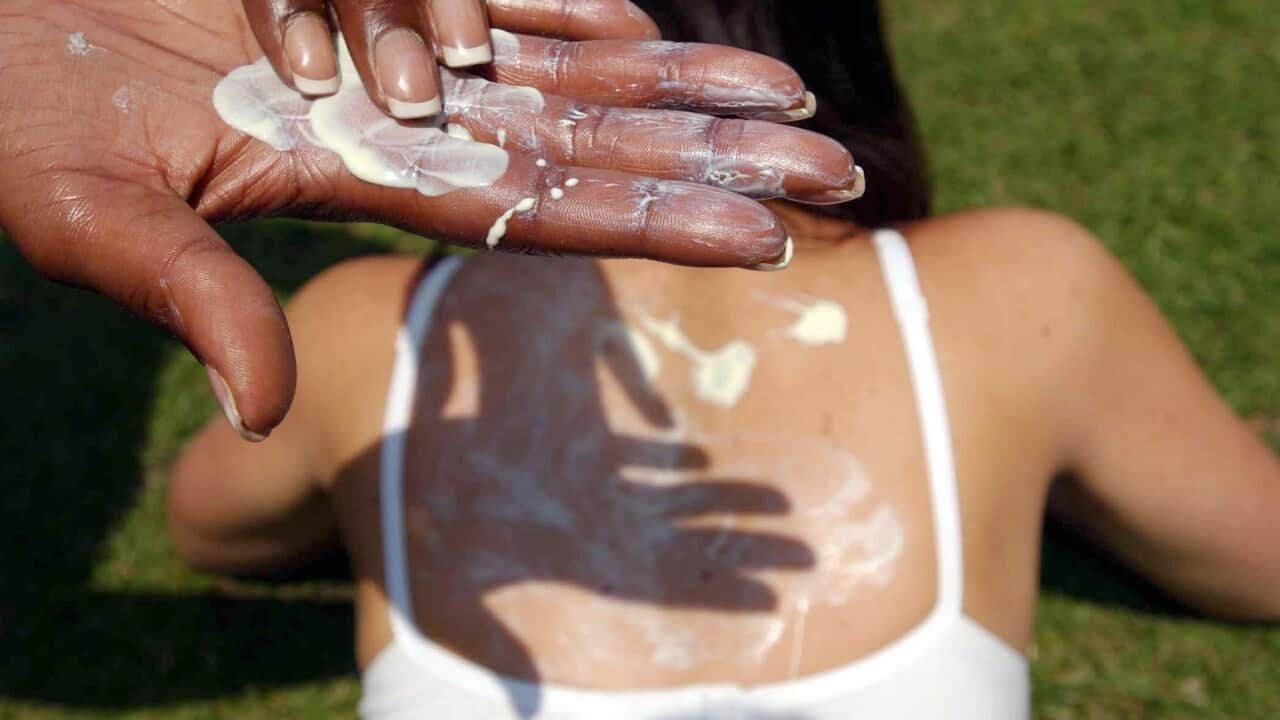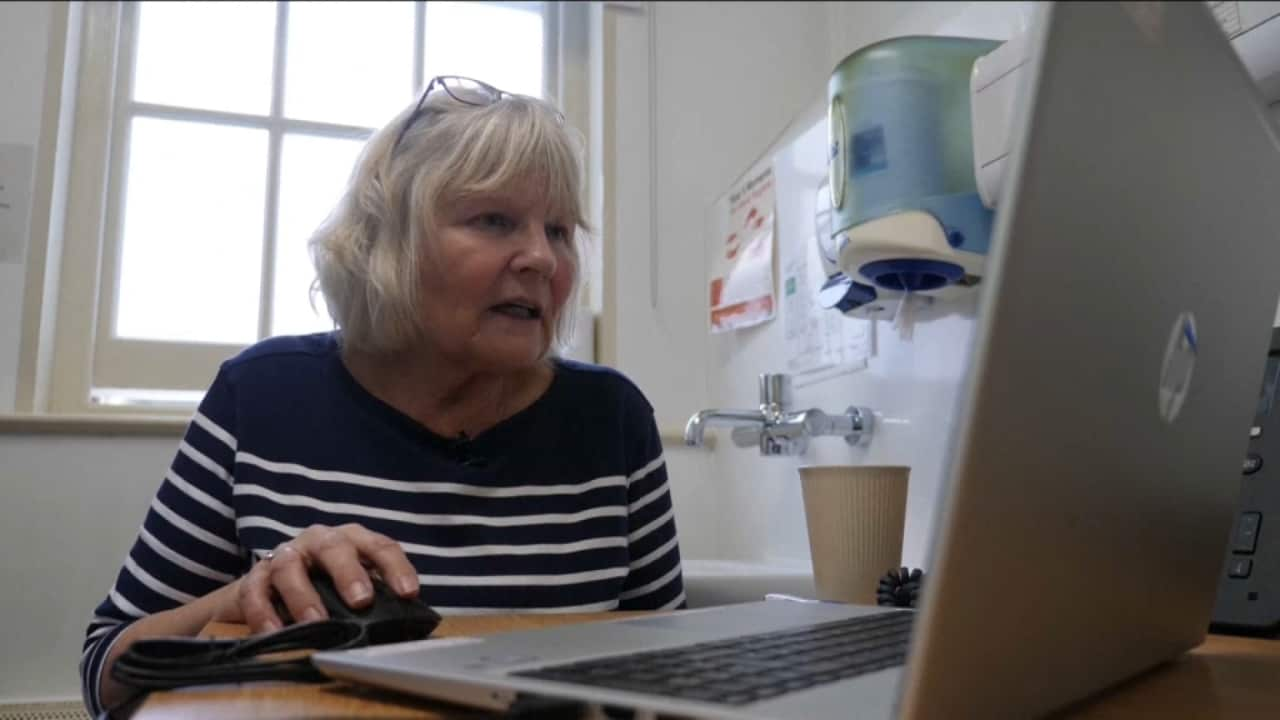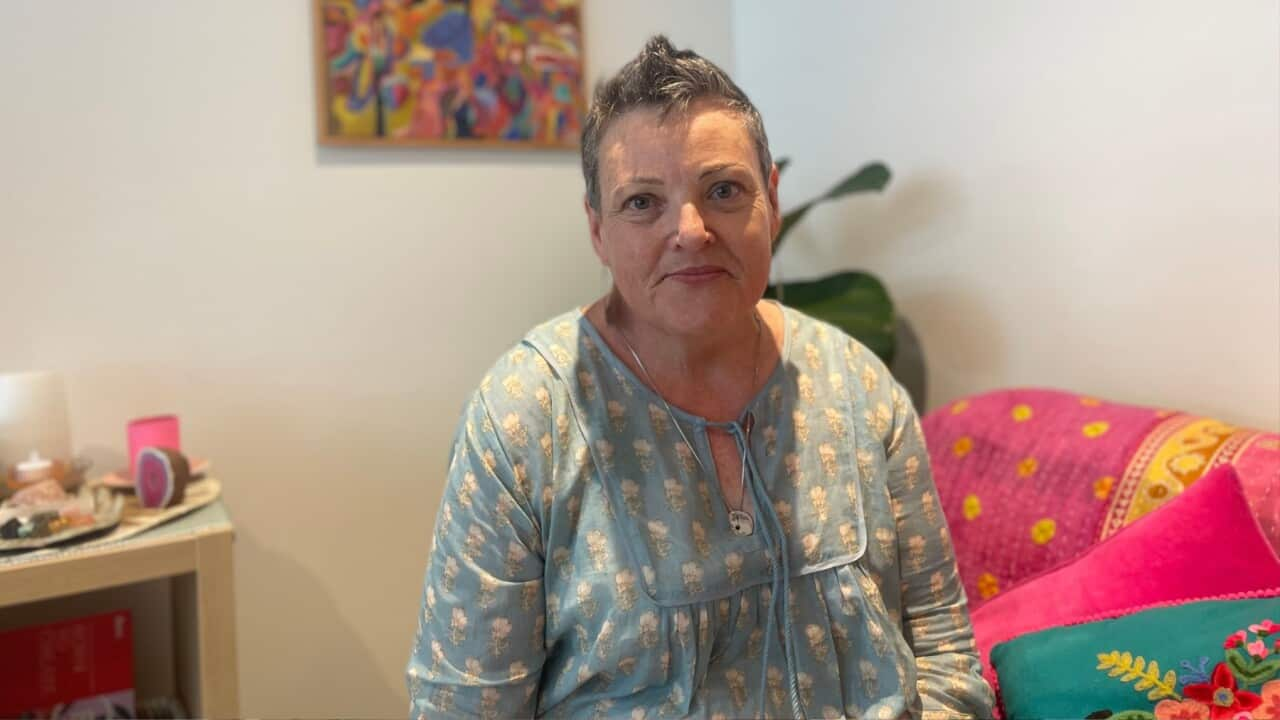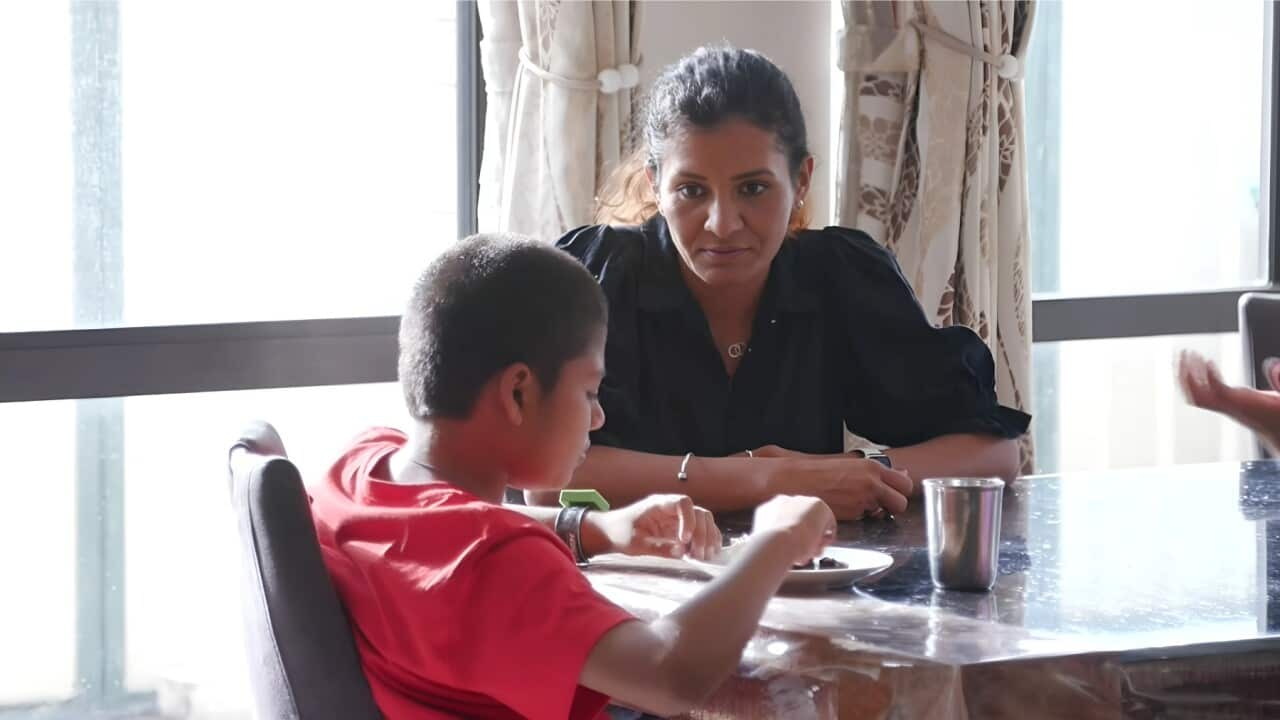TRANSCRIPT
MUSIC: Original 1981 "Slip, Slop, Slap" Campaign
Sun safety advice has come some way since Sid the Seagull first told Australians in 1981 to slip on long sleeves, slop on sunscreen, and slap on a hat.
In 2007, two more recommendations were added - to seek shade, and to slide on sunglasses to protect your eyes from the sun's powerful rays.
And now, for the first time, it has been updated to include advice for diverse skin types.
The new position statement was led by the QIMR Berghofer medical research institute in Brisbane, and has been endorsed by health bodies including Cancer Council Australia.
As Professor Rachel Neale, the Principal Research Fellow on the study, explains, the new advice puts people into three groups.
"People with very deeply pigmented skin are at very low risk of getting skin cancer caused by the sun, but are at higher risk of vitamin D deficiency and not getting the other benefits, so for those people, we advise getting some time outdoors during the day, and that routine sun protection is not required. At the other end of the spectrum, there are people who are at very high risk of skin cancer, because they're very pale or they've got other risk factors, for those people, we recommend keeping fully covered when they are outdoors. If they do that, they run the risk of being vitamin D deficient, so they will need to discuss their vitamin D requirements with their doctor."
The third group is those with darker white, olive, or light brown skin, with an intermediate risk of skin cancer.
For that group, the advice advocates routine sunscreen use, but spending a little bit of time outdoors on most days of the week to maintain vitamin D, and get some of the other benefits of sun exposure.
Professor Anne Cust is the Chair of the Cancer Council National Skin Cancer Committee.
She says that central to the advice is the acknowledgement that sun exposure can be both harmful and beneficial to health, and that the risks are different for everyone.
"Australia has the highest rate of skin cancer in the world, so that is a key priority for us to, you know, reduce the amount of skin cancer that people are developing. But we do know that the sun also brings some benefits - it can help your body to produce vitamin D, it can help with your eyesight, and with mental health, so it's important that we get the balance right."
As Professor Neale explains, there is a growing body of evidence about the health benefits of vitamin D, which helps with calcium absorption, and sun exposure in general.
"We've known for quite a long time that vitamin D is very important for our bones, but we've got more evidence now showing its importance particularly for the immune system and therefore diseases related to the immune system, both infectious disease outcomes and then auto-immune disease outcomes like multiple sclerosis and other things, but we also now have more information suggesting that independently of vitamin D the sun might have some benefits, which is why just taking a vitamin D supplement is not necessarily the optimal approach for everybody."
Professor Cust says the new advice gives more precise messaging around how much time you need to spend in the sun to get your vitamin D, according to location, time of year, and skin type.
"Anecdotally you know I often hear people talking about, 'oh, go outside, get some vitamin D', but people don't really know how much time you need to spend outdoors. And in spring and summer, in most parts of Australia, you only need a few minutes outside to get sufficient levels of vitamin D, whereas if you live in Tasmania, in winter you might need a fair bit longer depending on your skin type."
Both Professor Neale and Professor Cust's advice for the majority of Australians is to apply sunscreen, whenever the UV index, which can be checked on the Cancer Council's SunSmart app, is above three - which is the case for most parts of Australia across most of the year.
At this stage, the advice in the 44-page position statement is designed to help doctors advise patients on their best sun safety strategy.
But Cancer Council Australia and the authors of the study are also working on multilingual resources for those who need advice in other languages.
If you are unsure about which skin type you fit into, or about how you should stay safe in the sun, the advice is to err on the side of caution, and consult with your G-P.
Professor Neale also acknowledges that for some groups, regular sun exposure might not be an option.
"We completely recognise that that's not always people, because some people wear clothing that fully covers their skin for a range of reasons, it might be occupational reasons, it might be cultural reasons. And if that's the case, then people do need to discuss their vitamin D requirements with their doctor, because if you have you skin fully covered by clothing, you can't make vitamin D.”
Professor Neale and Professor Cust both have tips for staying safe in the sun for at-risk groups.
Professor Neale says she likes to travel with a pair of sun sleeves which she puts on if she' s going outside, so she doesn't always have to wear a long sleeve shirt.
And Professor Cust has a trick for making sunscreen part of your daily routine.
"Put your sunscreen bottle next to your toothbrush, and when you brush your teeth, apply your sunscreen. And then don't forget to reapply, so most people don't actually put enough sunscreen on, and they forget to reapply. A lot of sunburns happen just from incidental daily exposure, when people don't realise they're going to be out in the sun for very long, or perhaps it's a bit cloudy, or a bit cool, and they think the UV is low when in fact it's high."
In the meantime, for the majority of Australians the advice remains the same - slip, slop, slap, seek and slide.













